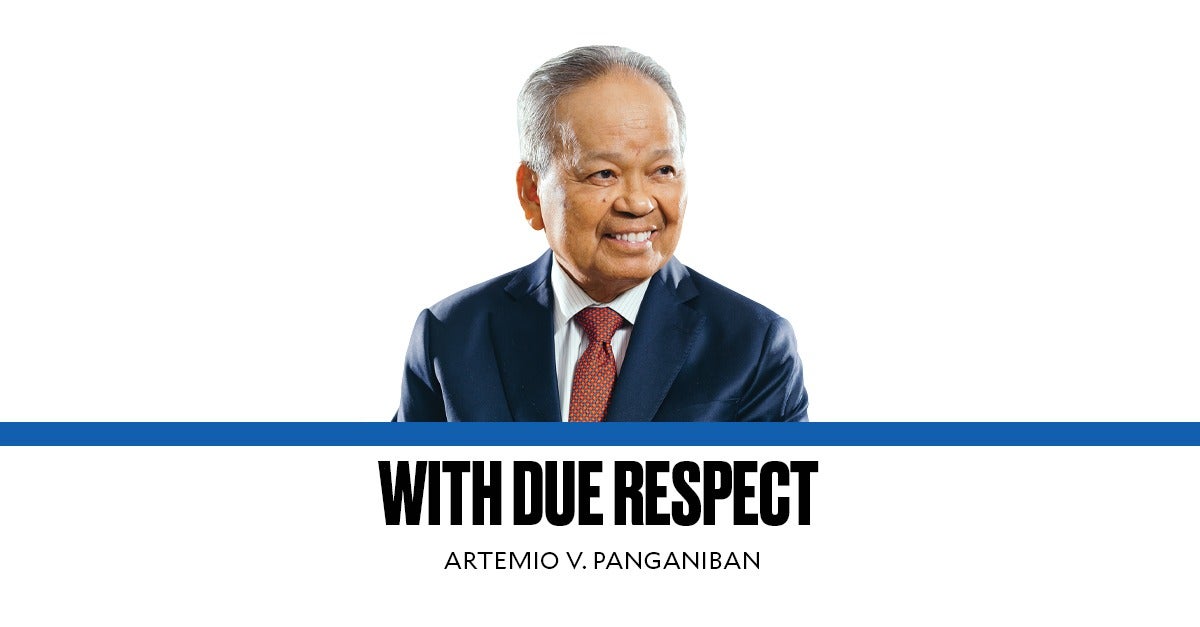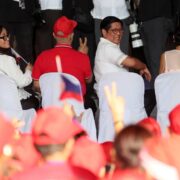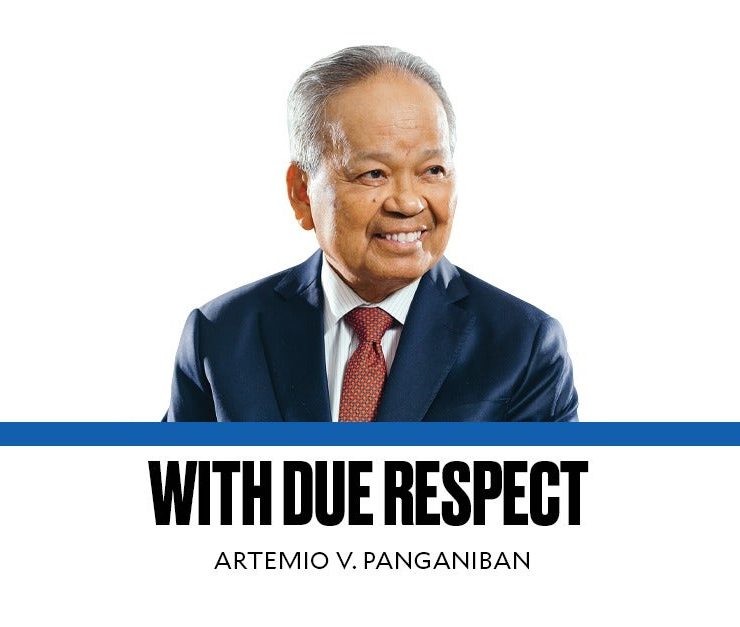The Supreme Court defends its members

The Constitution gives our Supreme Court enormous powers and duties, mainly, to (1) “settle actual controversies involving rights which are legally demandable and enforceable”; (2) “determine whether or not there has been a grave abuse of discretion amounting to lack or excess of jurisdiction on the part of any branch or instrumentality of the government”; (3) “[p]romulgate rules concerning the protection and enforcement of constitutional rights, pleading, practice and procedure in all courts”; (4) issue rules concerning “the admission to the practice of law, the Integrated Bar, and legal assistance to the underprivileged”; (5) exercise “administrative supervision over all courts and the personnel thereof.”
THE FIRST POWER IS NORMALLY GRANTED TO ALL COURTS IN THE WORLD; the second is unique to our judiciary; the third is at times referred to as its quasi-legislative power; the fourth is its regulatory power over the legal profession; and the fifth is its administrative power over all courts, which is delegated to the Office of the Court Administrator, who has the rank of presiding justice of the Court of Appeals, and to the Integrity Board that hears complaints against all magistrates except Supreme Court justices. The third, fourth, and fifth powers are rarely accorded to the judiciaries of other countries.
Supreme Court justices may be removed from office via impeachment. While not expressly given, the power to defend on the one hand, and on the other, to discipline its members is exercised by the Court as an implied duty. Today, let me cite some samples of how it has defended its members, and next Monday, how it has disciplined them.
CUENCO V. FERNAN (Feb. 17, 1988) held that it could not entertain, much less grant, a complaint for disbarment against a sitting justice because that “would in effect be to circumvent and hence to run afoul of the constitutional mandate that Members of the Supreme Court may be removed only by impeachment,” given that a justice (and any judge), according to the Constitution, must be “a member of the Philippine Bar.”
To strengthen this decision, the Court in “In Re Gonzalez” (April 15, 1988) held that while the Constitution “does not entitle Justices of the Court to immunity from liability for possible criminal acts or for violation of the Canons of Judicial Ethics or other supposed misbehavior, it proscribes their removal from office … by any other method.”
While there is no constitutional provision expressly saying that justices may be removed only by impeachment, these two cases became the prevailing jurisprudence under the principle of stare decisis—until reversed— as they were reversed in ousting then chief justice Maria Lourdes P. A. Sereno, which I will take up next Monday.
Philippine Savings Bank v. Senate Impeachment Court (Feb. 9, 2012) justified the injunction the Court issued against the respondent’s subpoena requiring the petitioner bank to show the suspected dollar deposits of then Chief Justice Renato C. Corona, citing the confidentiality provision of the Foreign Currency Deposit Law.
FRANCISCO V. HOUSE OF REPRESENTATIVES (Nov. 10, 2003)—expertly penned by former associate justice Conchita Carpio Morales—is perhaps the best-known decision involving members of the high court, in this case, no less than its chief justice, Hilario G. Davide Jr.
The Constitution states, “The House of Representatives shall have the exclusive power to initiate all cases of impeachment.” However, “No impeachment proceeding shall be initiated against the same official more than once within a period of one year.”
The Rules of the House, inter alia, provide that an impeachment complaint is “deemed initiated on the day the Committee on Justice … finds that the verified complaint is sufficient in substance, or on the date the House votes to overturn or affirm the finding of the Committee that the complaint … is not sufficient in substance…”
A verified impeachment complaint was filed in the House on June 2, 2003, by then President Joseph Estrada against the chief and seven other justices. On Aug. 5, 2003, it was referred to the committee on justice, which voted to dismiss it on Oct. 23, 2003, because it was not sufficient in substance.
On the same date (Oct. 23, 2003), while the whole House had not yet acted on the Estrada complaint, a second impeachment complaint was filed in the House, this time against the chief alone. In other words, under the House Rules, the Estrada complaint was not yet “deemed filed” because the dismissal by the committee on justice had not yet been acted upon by the House.
The Court en banc, voting 11-3-1, held however that the House Rule is unconstitutional because it deviated from the ordinary meaning of “initiate” which is “file” plus the initial action taken thereon by the House (referral to the committee on justice). Accordingly, the Estrada complaint should be considered “initiated” when it was filed on June 2, 2003, and referred to the committee on justice on Aug. 5, 2003.
Hence, the Court concluded that the second impeachment complaint, having been filed within one year from the filing of the Estrada complaint, is barred by the one-year constitutional prohibition.


















